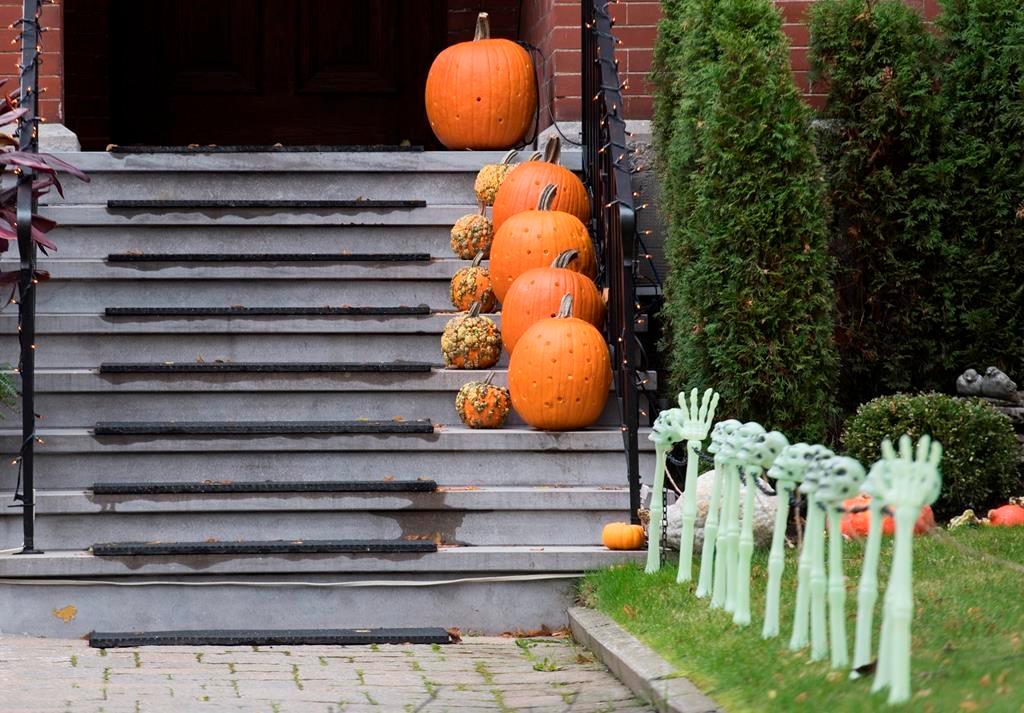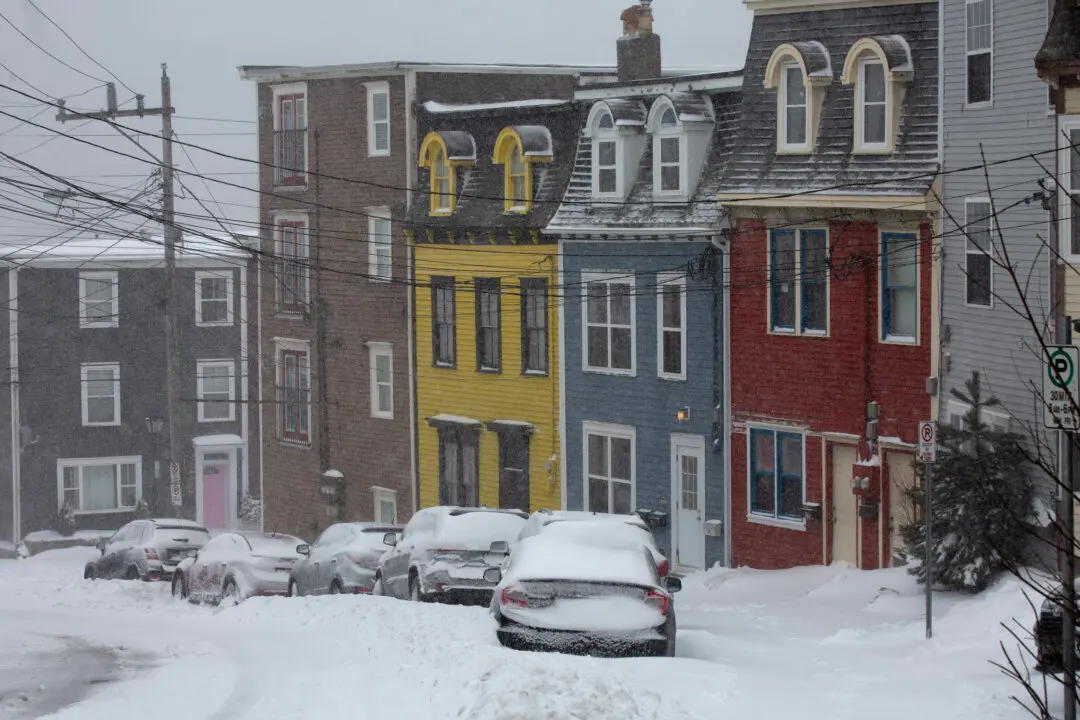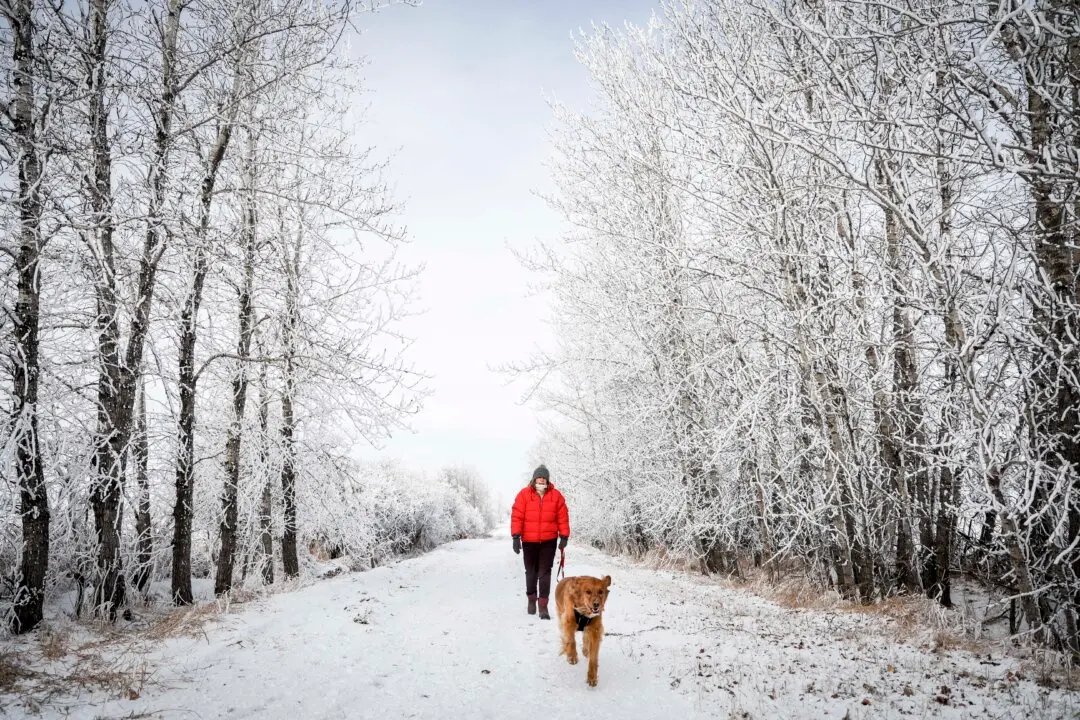OTTAWA—Canadians are divided about whether to let the COVID-19 pandemic disrupt their plans for upcoming holidays and seasonal events, a new poll suggests.
The poll, conducted by Leger and the Association for Canadian Studies, comes as COVID-19 cases are surging and public health authorities are pleading with Canadians in places with rising case counts to avoid contact with anyone outside their immediate families or at least to stick to small social circles.
The results suggest that message is only partially getting through.
Respondents with children who went door to door for Halloween last year were closely divided on whether to let them go trick-or-treating again this year, with 52 percent saying they won’t and 48 percent saying they will.
The poll found sharp regional variations, however. About two-thirds of respondents in Atlantic Canada, which has been relatively untouched by COVID-19’s resurgence, said they will let their kids go out. In harder-hit Ontario and Quebec, two-thirds said they won’t.
Those kids who do go trick-or-treating will find slimmer pickings, with 49 percent of respondents nationwide saying they won’t open their doors this year to hand out candy.
Again, Atlantic Canadians were more likely to say they’d give out treats; in Ontario and Quebec, trick-or-treaters seem set for sparse pickings. In Ontario, 24 percent of respondents said they’ll give out treats. In Quebec, just 13 percent.
Respondents were also divided about celebrating Thanksgiving this coming weekend, with 40 percent of respondents saying the pandemic is causing them to change their plans—and an equal percentage saying it is not. Another 20 percent said they don’t usually celebrate Thanksgiving in any event.
As for the Christmas holiday season, 49 percent said they’ll change their plans, 44 percent said they won’t. Another 8 percent said they don’t usually celebrate that holiday.
Those who intend to change their plans were asked to describe how. They were allowed to give multiple answers.
Seventy-four percent said they’ll celebrate with close or immediate family members to keep their social interactions to a minimum, 54 percent said they’ll limit celebrations to a smaller number of visitors, 40 percent plan to issue strict instructions against kissing, hugging or handshaking, and 37 percent plan to avoid air travel.
Thirty percent said they’ll hold virtual celebrations and 25 percent said they won’t attend religious services or celebrations they would otherwise have gone to. Nineteen percent said they plan to cancel celebrations altogether.
The online poll of 1,523 adult Canadians was conducted Oct. 2 to 4. It cannot be assigned a margin of error because internet-based polls are not considered random samples.
Almost three-quarters of respondents—72 percent—said Canada has already entered the second wave of the pandemic, up 10 points since just last week.
There was less division over how governments should respond to the second wave of the deadly coronavirus that causes COVID-19.
Fifty-three percent said high-risk businesses and activities should be shut down while others should remain open for the time being. Another 28 percent said as many businesses as possible should be kept open while we see how the second wave progresses, while 14 percent favoured a near-total lockdown similar to that imposed last spring.
Fully 85 percent said they’d support shutting down bars, nightclubs and casinos, while 74 percent would support shutting down movie theatres and all amateur sports, including school sports.
Sixty-seven percent would back shutting down places of worship, 61 percent interprovincial travel, 52 percent schools and universities, 52 percent visits to long-term or personal care homes, 47 percent parks and playgrounds, 46 percent restaurants and offices, 44 percent shopping malls and 33 percent retail stores.





